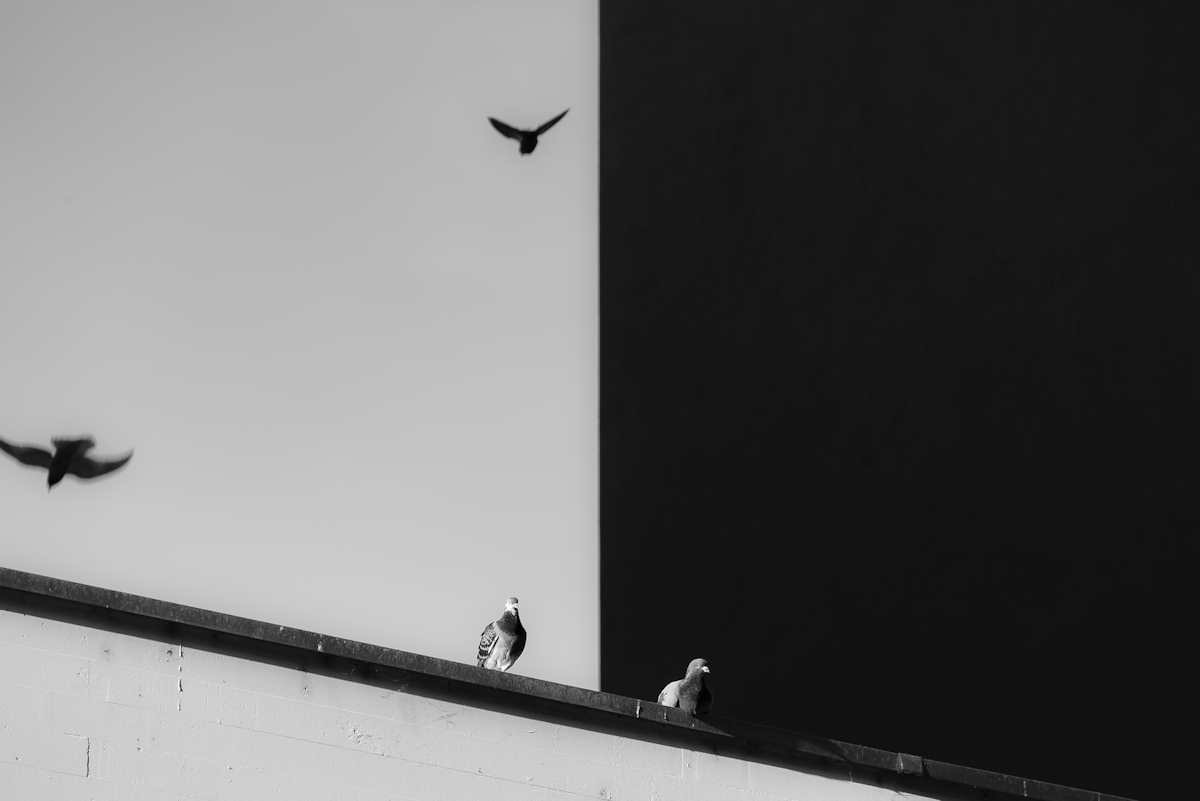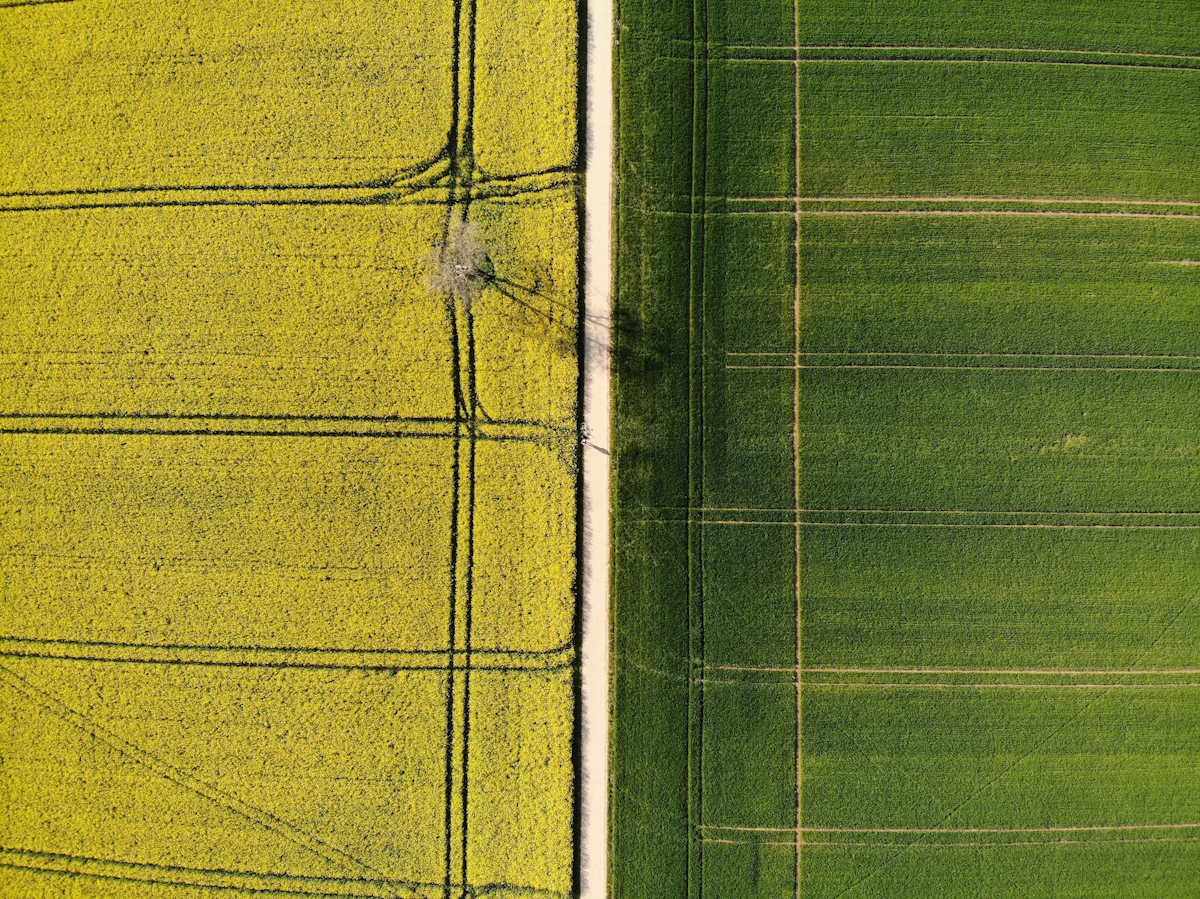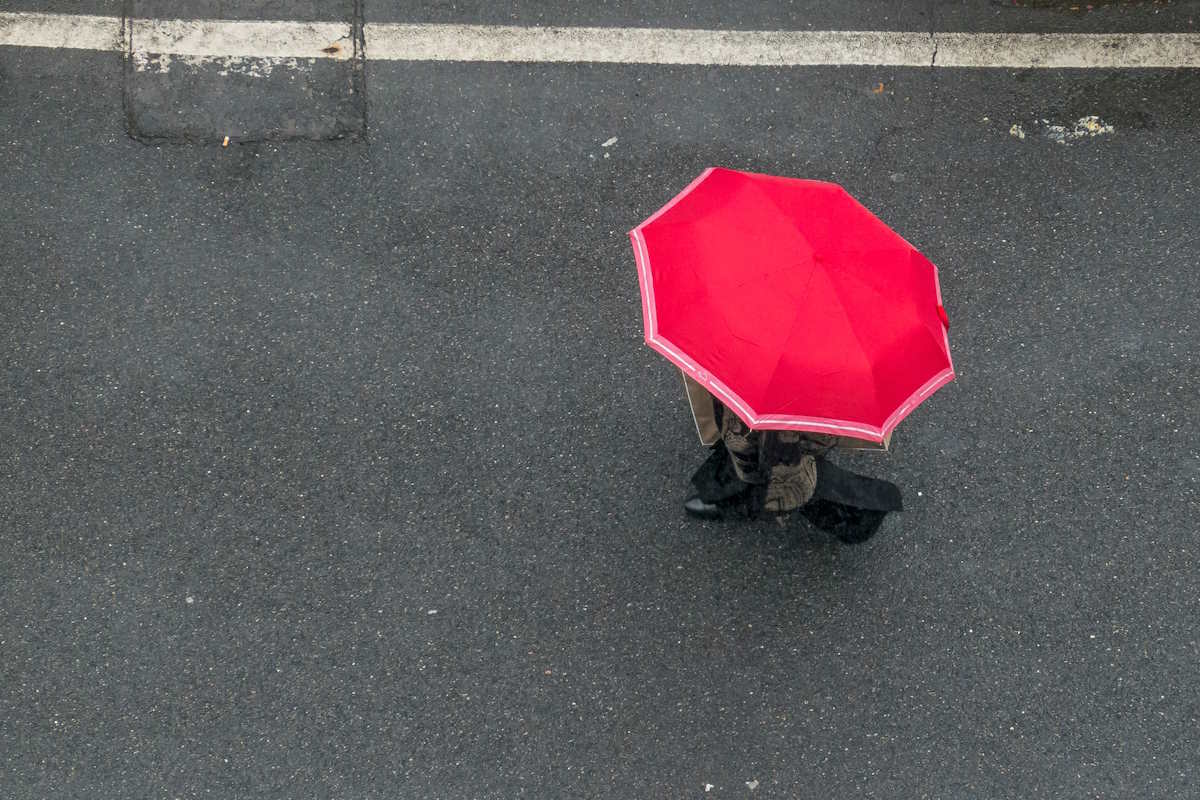Contrast is not called one of the most important elements in photography for nothing. The right choice can turn a picture into a masterpiece, and the wrong choice, on the contrary, will ruin it. Today we are going to tell you some useful information about contrast and share a few secrets of how to use it to achieve amazing results.

What Is Contrast?
When we use the term, we mean something that is radically different from another thing. When it comes to photography, the concept means the difference between the main elements that are used in the composition.
Often beginners think that contrast is only black and white. It would seem that what could be easier than to take a photo and turn some of its elements into black and others into white? However, it’s not that simple. If that was the end of it, no one would pay so much attention to post-processing or use a contrast enhancer. However, professionals often do. One of the best photo editors that have tools to change contrast is Luminar Neo. Supercontrast (https://skylum.com/luminar/supercontrast) is an AI-based extension, so it makes it easy to make changes to a photo, even for beginners. You can decrease or increase contrast with just three sliders: Highlights, Midtones, and Shadows. This is enough to make your pictures more expressive. The most important thing is that you won’t spend a lot of time on it!

Contrast Types
Well, without understanding the types of contrast you can’t move on, right? Let’s take a closer look at them:
- Tonal. This is the most common type that we have all encountered. Of course, the most striking example is the previously mentioned black and white photos. The point is that you need to adjust the contrast so as to make the tone of the objects different.
- High contrast. It’s simple here. The difference between the elements is very high, so it is immediately noticeable. High-contrast photography serves as an effective tool to emphasize a key message and infuse a heightened sense of intensity, even provoking a sense of shock, within your composition.
- Low contrast. In black and white photography, such images encompass a broader range of middle tones, featuring a greater abundance of greys rather than pure blacks and whites. While high-contrast images capture attention with their sharpness and can draw the eye, low-contrast images have a smoother character, requiring the viewer to take some time to appreciate the details and clarity of the composition.
- Color contrast. This type no longer refers to black-and-white photography but to bright colors. Utilizing color contrast presents an excellent opportunity to construct a narrative and guide the viewer’s gaze throughout a photograph. Furthermore, it effectively enhances the prominence of a subject, enabling it to stand out distinctively from the surrounding scenery.
- Contrast through textures. Combine soft and grainy elements to achieve the perfect composition. For example, you may want to photograph a textured element against a soft background.
- Conceptual contrast. It’s a perfect way to tell a story. Old and young, big and small, artificial and natural – all fit this type perfectly.

Top Tips for Using Contrast
Tip 1. Choosing Between High and Low Contrast
When aiming to evoke a tranquil, gentle, nostalgic, or slightly somber mood, opting for low contrast is often the preferred choice. Conversely, if your goal is to capture a sense of drama, mystery, liveliness, or impactful presence, high contrast becomes the natural inclination. By selecting the appropriate level, you can create a unique atmosphere that resonates with the desired emotions and aesthetics of your composition.
Tip 2. Catch Inspiration
Visit photo exhibitions, look at pictures in galleries, and even pay attention to details on the streets. All of this will help you notice the contrast, which means you can develop your artistic vision. Remember, you may not even expect a successful find!
Tip 3. Don’t Neglect Post-Processing
Remember, it’s not always possible to take a good picture. Then picture editing software will come to the rescue. You also need it so you can quickly and easily increase or decrease the contrast in a good photo where you want to emphasize some details.
Conclusion
It’s difficult to get the contrast right, but it’s doable. Practice, take inspiration from everywhere, and you’re sure to succeed!